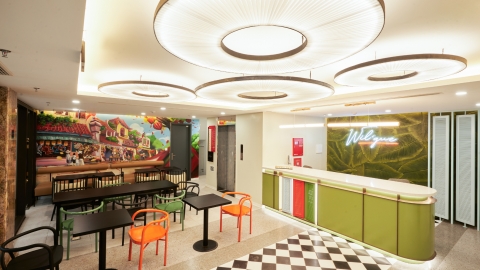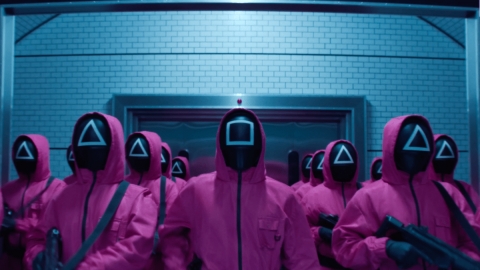The villa of Governor Vo Ha Thanh, also known as "Mr. Phu's house", located along the Dong Nai River, is one of the rare ancient architectural works that still exists from the French colonial period. Built in 1924, this villa has a strong French architectural style, with construction materials and high-class interiors imported entirely and transported by ship. This not only reflects the wealth of the Governor's family, but also shows the importance of the owner of the house in the social context of that time.
The villa is designed in the Indochinese style, expressed through symmetrical architectural details, large pillars and large windows to welcome natural light. This style emphasizes luxury while still maintaining convenience. Elements such as balconies, sloping tiled roofs, and large wooden window systems all aim to create a spacious, airy space, suitable for the tropical climate of Southern Vietnam and connecting the living space with the natural riverside landscape.
In addition to its architectural value, this villa also holds many historical stories. In 1996, this villa was chosen as the main setting for filming the movie The Beauty of the Western Capital. In particular, during the great flood of 1952, the house became a shelter for more than 100 people, helping them escape from the open sky and the ground. This is one of the events that is deeply engraved in the memory of the local community, making the villa not only an architectural work but also a symbol of safety and protection in difficult times.
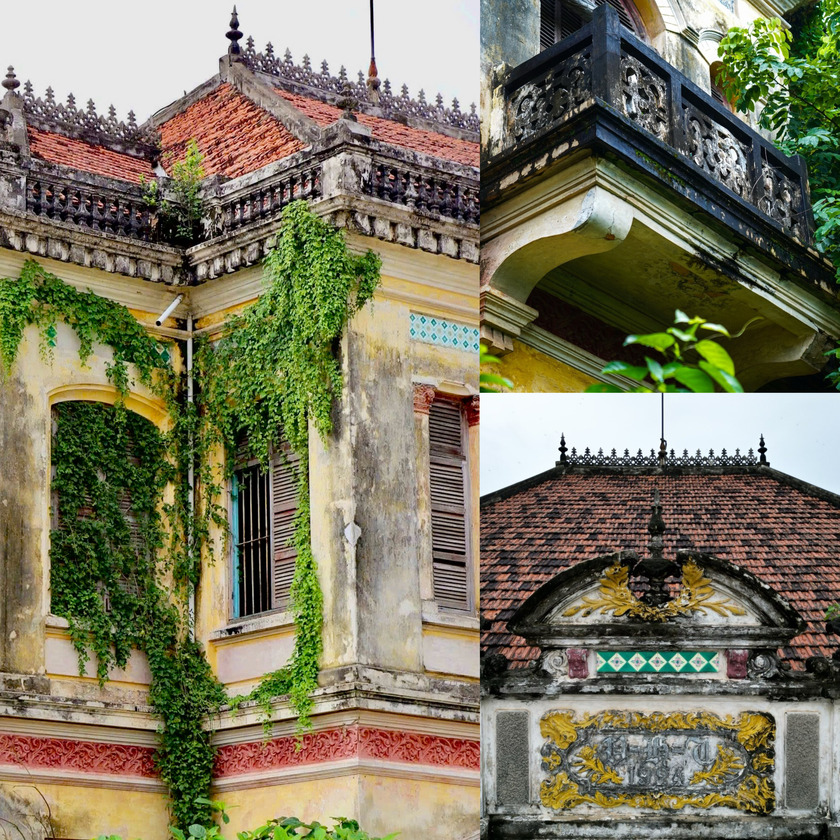
The villa with unique architecture, bearing many cultural and historical values, was once the setting for the famous movie "Beauty of the Western Capital"
In addition, the villa of Governor Vo Ha Thanh is also closely linked to the economic development of Bien Hoa. Mr. Vo Ha Thanh, from an ordinary worker, became one of the richest and most powerful people in the region thanks to his ownership of a rubber plantation and a large stone quarry. The villa with its sophisticated French architecture is a testament to his family's prosperity during the colonial period.
Currently, the family of Mr. Vo Ha Thanh's descendants are still living in this villa. However, due to its location on the land planned for the Dong Nai riverside road construction project, the villa is facing the risk of being demolished. This project, with a total length of more than 5 km and an investment capital of nearly 2,000 billion VND, aims to improve traffic infrastructure and develop the local economy.
However, the decision to demolish the villa has faced opposition from many cultural experts and the community. They said that, given the historical, cultural and architectural value of the house, its preservation is necessary. Mr. Tran Quang Toai, Chairman of the Dong Nai Historical Science Association, emphasized that the villa is not only an ancient architectural work but also an important part of local history.
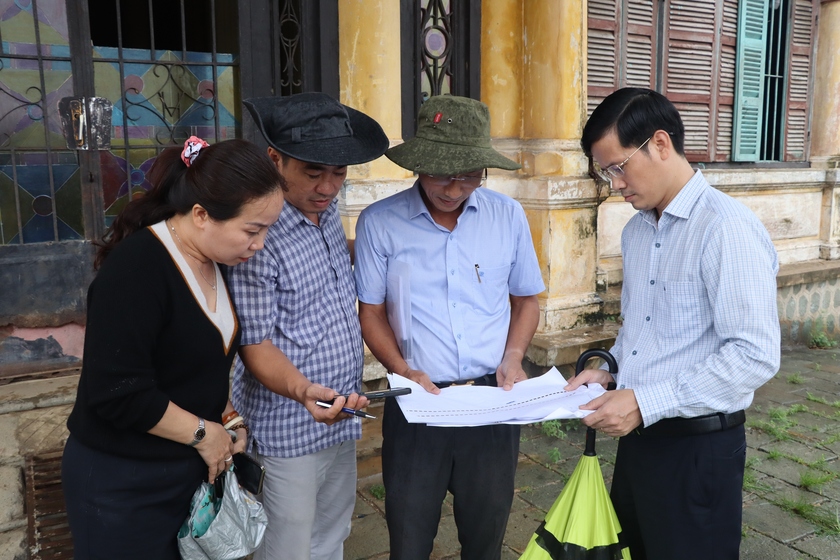
Given the cultural value of the house, in the late afternoon of September 20, the People's Committee of Dong Nai province established a survey team including representatives from the Department of Construction, Department of Culture, Sports and Tourism, Historical Science Association and leaders of Bien Hoa city to consider preservation options.
Mr. Tran Dang Ninh, Chairman of Dong Nai Tourism Association, also expressed a similar view. He said that the villa of Governor Vo Ha Thanh could become a museum or historical education center, contributing to introducing local culture to tourists. However, he also emphasized that there needs to be coordination between relevant parties to find appropriate financial and legal solutions.
Doctor of Science, Architect Ngo Viet Nam Son proposed that there are many solutions to preserve this ancient villa. First, the entire structure can be relocated using the method of house moving experts (often called "genie"). Another option is to adjust the design of the route, extending it to the Dong Nai River to protect the villa without having to demolish it.
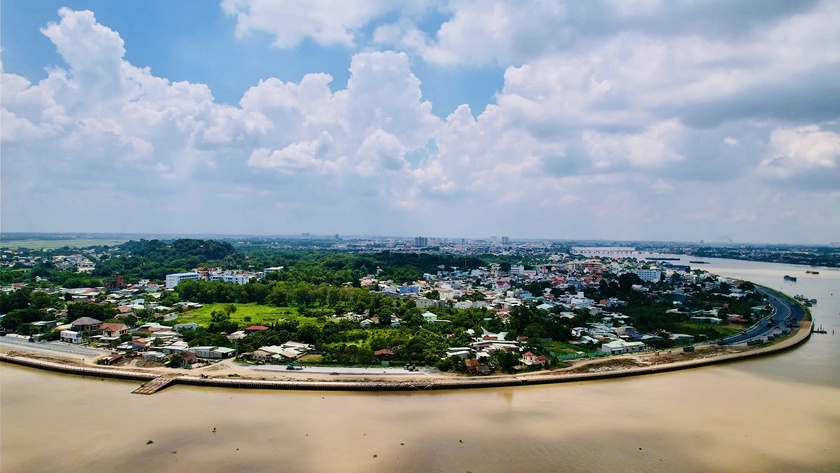
The Dong Nai riverside road project, 5.2km long, connecting Hoa An bridge to Binh Hoa commune, Vinh Cuu district, started construction in 2021 with a total investment of VND1,300 billion.
The conflict between heritage conservation and infrastructure development is not a new issue in Vietnam, and the case of the Governor Vo Ha Thanh villa is a typical example. The Dong Nai riverside road project plays an important role in improving transport infrastructure, reducing congestion and promoting the local economy. However, demolishing a building with cultural and historical value such as this villa can cause damage to the community's memory and cultural heritage.
Authorities are currently considering various options, including rerouting the road to avoid destroying the villa, while still ensuring the project can be developed efficiently. The final decision is still being discussed, but the event has sparked many debates about sustainable development, protecting cultural heritage and how to manage these precious assets.



























